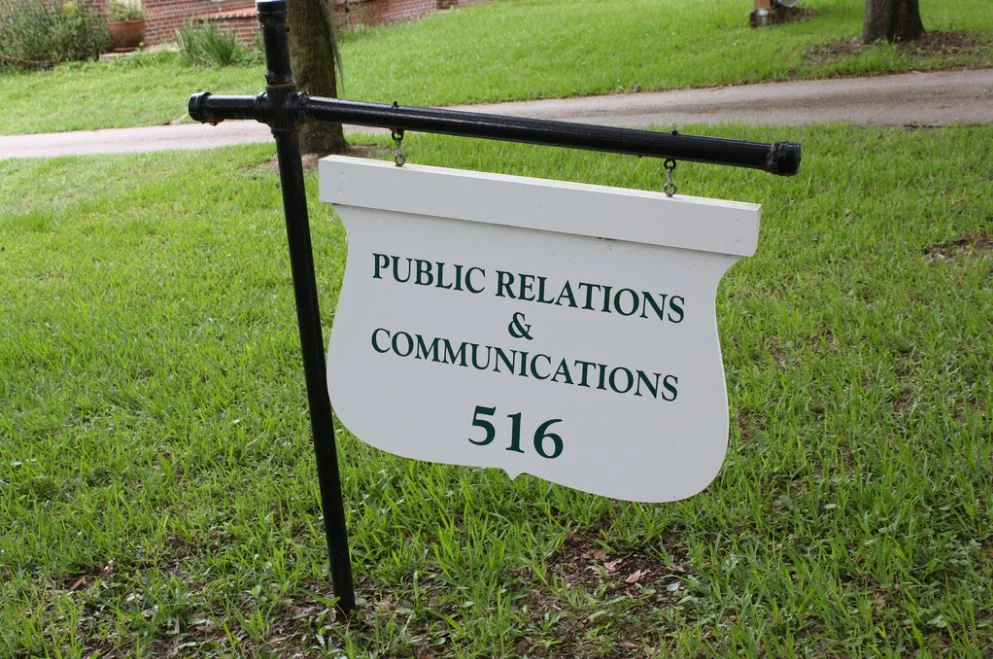What is the best way to approach crisis PR?
You may feel pretty confident when it comes to public relations, and know a thing or two about brand awareness, but how prepared are you when it all hits the fan? Never mind promoting a brand – are you and your team prepared to protect a brand?
Crisis PR is an entirely different kettle of fish that needs to be handled with incredible care. Otherwise, it could quite possibly run your client's company into the ground, and who do you think they're going to want to sue first?!
Here are a few tips for practicing sensible crisis PR and understanding the differences between it and normal, proactive PR.
Anticipate the crisis
Every organisation has a list of possible faux pas that could potentially need crisis PR. There's no single straightforward strategy for addressing crises. Whether they specialize in public relations in Newcastle or manufacturer lingerie in Devon, every company has its own problems.
Carefully assess all of the possible disasters that could befall your client before they actually happen. This way, you can plan a strategy for each eventuality, file them away, and retrieve them as soon as the customer shoots their feet.
Once you’ve identified the most likely reasons for a crisis outbreak, you can take quick action by drafting some holding statements. These are statements that you prepare well in advance to be delivered as soon as the aforementioned crisis occurs.
This prevents the crisis from blowing out of proportion. You can quickly address the problem; deliver an apology, whatever is required given the circumstances to ensure that it doesn’t last any longer than it has to.
Train up your spokespersons
Many representatives go on live television, or sit with a journalist from a newspaper, and treat it like any other kind of interview. Politicians and representatives of corporations have been roasted on countless occasions on shows like Question Time and Newsnight because they had no idea how to respond when a critical question was asked.
Everything might be going swimmingly up until the interviewer asks ‘Why is your company an evil tax-haven ran by the devil?’ Then the obvious question-avoiding starts, and it makes the company look like even more of an evil tax-haven ran by the devil.
Proactive PR and crisis PR are two very different beasts. Proactive PR is suitable to adopt in most press situations because it concentrates on promoting an organisation, whereas crisis PR needs to be treated with extra care because it deals more with preserving an organisation.
Provide your spokespersons with rigorous training and rehearse answers to as many negative questions as you can anticipate so that they’ll be able to quickly – and calmly – debunk all rumors surrounding tax-dodging, malevolence and a supposed connection to Beelzebub.
Understand who your stakeholders are
Identify the key internal and external stakeholders of your client and give them the information that you want them to repeat to others – simple as that. However, on top of this, you also need to be on the look-out for any other ‘representatives’ that are liable to pass along information.
You may have a crack team of crisis PR managers at your disposal, ready to spread the message that you want them to, but the employees of the client are also simultaneously going to be acting as crisis PR representative for the customer, whether they want them to or not.
People are always going to talk, and word of something bad can spread quicker than you think. You need to make sure you know the client's audience well and work alongside them. Make sure that they are getting the right information, because whatever information they have; they’re going to spread.
Establish instant communication links with your stakeholders
Social media is one of the best ways to instantly communicate with someone and make sure that the right information is getting fed to the main players in the business promptly. Set up social media and link with the stakeholders who are the most integral to the client. This is an important step that can’t be taken after the crisis has broken out.
News can spread so quickly over platforms like Facebook, Twitter and LinkedIn, so having your own social media presence for the purposes of quick communication is the best way to counteract it
Assess the crisis and finalize
Evaluating the crisis is one of the only parts of crisis PR that doesn’t come before the crisis. The assessment is a simple matter of taking the information that you've prepared and placing it where it needs to go – easy peasy. By the time the crisis actually occurs, you should have prepared everything well in advance to tackle it. After that, it’s a simple case of implementing it.
Once everything has been done and dusted, be sure to perform in-depth analysis of the situation as it occurred for future reference. Did you learn anything from the experience? If so, the report you write could prevent the same crisis from happening again or help you to stop it if it ever happens again.
The most important thing to bear in mind is that most good crisis PR happens long before anything has a chance to go wrong. With significant preparation, you and your team can help a client avert a disaster before you can say ‘retweet'.
AUTHOR BOX
Ed Quinn is a content producer and marketer who represents Harvey & Hugo, a London communications agency, that provides social media marketing, content marketing and a variety of different public relations services, including crisis PR.

